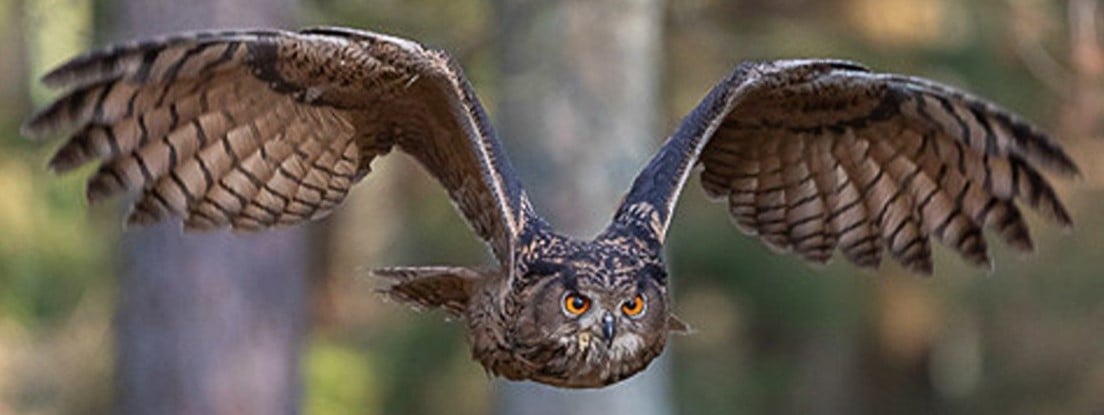From Daily KOS
I’m counting multiple blessings for this lifer. I was fortunate to be able to visit family in the Fort Myers area in late February. A welcome break from the dreary tail end of Michigan winter. I was even more blessed to be hosted by my sister-in-law and her husband, who are treasures any and every day. But my SIL also knows I love birding and indulged me. And I was fortunate because when I mentioned in a comment that I’d be in that area, nookular put a twitch in my brain to look for Burrowing Owls. Last, I’m lucky to be a member of an online birding chat (Discord), and received excellent advice on some likely locations.
Who doesn’t love owls? Even more, who could resist an owl that’s active in daylight, is a ground nester in short grasses, and tolerates the presence of humans? The stars aligned and as soon as we pulled into the parking lot, my SIL and I saw our first owls — lifers for both of us.
Burrowing Owl pair at Pelican Blvd. softball complex, Cape Coral.
Before getting into the specifics of the owls we saw, a little background on these amazing creatures. Some “Cool Facts” from All About Birds:
*Unlike most owls in which the female is larger than the male, the sexes of the Burrowing Owl are the same size.
In the absence of suitable homes created by ground squirrels, prairie dogs, desert tortoises, or other burrowing animals, Burrowing Owls have been known to nest in piles of PVC pipe and other lairs unintentionally provided by humans. Conservationists make use of the owls' adaptability by supplying artificial burrows made of buckets, pipes, tubing, and other human-made materials.
Burrowing Owls have a higher tolerance for carbon dioxide than other birds—an adaptation found in other burrowing animals, which spend long periods underground, where the gas can accumulate to higher levels than found above ground.
Before laying eggs, Burrowing Owls carpet the entrances to their homes with animal dung, which attracts dung beetles and other insects that the owls then catch and eat. They may also collect bottle caps, metal foil, cigarette butts, paper scraps, and other bits of trash at the entrance, possibly signifying that the burrow is occupied.
In size, they are close to the Eastern Screech Owl. According to AAB, they have a wide diet of small animals and insects.
Burrowing Owls eat invertebrates and small vertebrates, including lizards, birds, and mammals. Invertebrates, especially insects, constitute the majority of food items, while vertebrates make up the bulk of the diet by mass. Burrowing Owls commonly hunt grasshoppers, crickets, moths, beetles, mice, voles, and shrews. They also prey on dragonflies, giant water bugs, earwigs, caterpillars, scorpions, and earthworms, frogs, toads, snakes, lizards, turtles, and salamanders, bats, ground squirrels, small weasels, young rabbits, songbirds, waterbirds, baby ducks, and even young burrowing owls. Females catch more insects, mostly during the day; males take most of the vertebrates, mostly at night.
Their preferred habitat is open grassland, with low cut grass so they can see predators. Faced with human-caused habitat loss, Burrowing Owls have been very adaptable. They can be found on golf courses, pastures, agricultural fields, airport medians, and road embankments; in cemeteries and urban vacant lots. They are often associated with high densities of burrowing mammals such as prairie dogs, ground squirrels, and tortoises. - All About Birds*
I found them in a Cape Coral neighborhood baseball complex, which took up a city block and was bordered by a wide grassy easement. The burrows dotted the easement on all four sides. I learned that Cape Coral hosts the largest population of the Florida species of Burrowing Owls, at an estimated 1,000 nesting pairs.
Burrows were marked by crosses for perching, with a protected area marked by white stakes.
Close up of the owls in the previous photo. Nesting takes place from February through July. We didn’t see any signs of owlets.
Signs were posted in several places, courtesy of Cape Coral Friends of Wildlife.
I was happy to see the signs and park visitors honoring the protected areas. Cape Coral Friends of Wildlife has a great website, highlighting not just the owls but also proper etiquette for owl viewing. Cape Coral’s website also showcases the city’s Official Bird and reminds readers of their protected status.
The burrows themselves take a fair amount of work. Again from AAB:
Nesting owls tend to use areas with a high density of surrounding burrows, which may provide extra escape options for developing young. Preferred sites have loose soil, a bit of elevation to avoid flooding, and nearby lookouts such as dirt mounds, bushes, fence posts, or road signs. They use burrows dug by prairie dogs, ground squirrels, badgers, marmots, skunks, armadillos, kangaroo rats, and tortoises. Both members of a pair enlarge and maintain the existing burrow by digging with their beaks and kicking back soil with their feet. Most owls use existing burrows, but in Florida and the Caribbean, they usually excavate their own burrows and on rare occasions western owls excavate their own burrows. Nonmigrating owls use burrows year-round.
The nest burrow can be several yards long and is usually less than 3 feet deep, but size depends on the mammal that originally excavated it. Burrows tend to make numerous twists and turns, with a mound of dirt at the entrance and an opening at least 4–6 inches wide.
As enthralled as I was watching the owls, I was struck by the precariousness of their burrows.
There were burrows in the median of the boulevard.
I circled a burrow with an owl in red on the left. The lawn crew worker mowed right up to the staked area. The owl did not fly away but only ducked down into the burrow.
This one was wearing some jewelry.
The sandy soil looked perfect for their dens.










Nice work Anon!